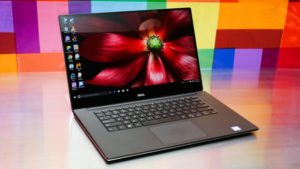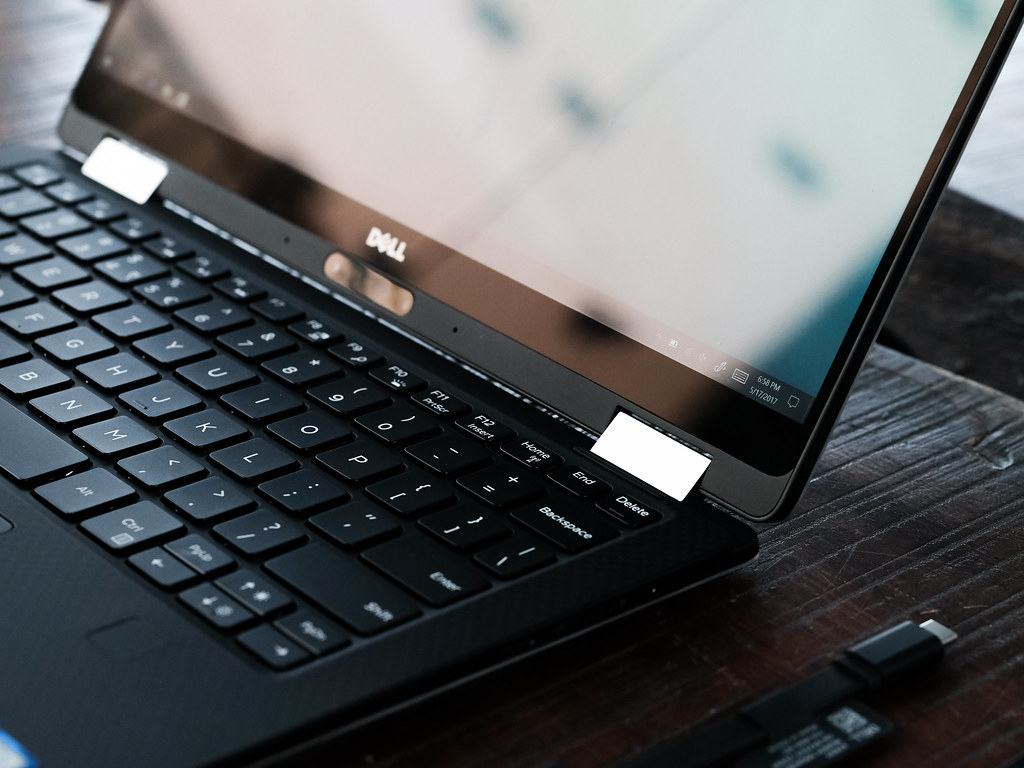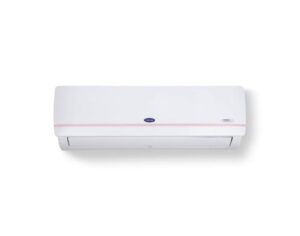Dell XPS 15 Review (i7, 8Gb, 256Gb SSD): Performance with Aesthetic Pleasure
The Dell XPS 15 is nothing short of a masterpiece, and despite some software issues in the beginning, Dell’s flagship notebook has emerged as the current market leader. Now powered by the latest Skylake generation i7 processor, the addition of an NVIDIA GeForce GPU makes the XPS 15 ready for high-intensity action. Check out my full review below.
Design and Build:
Keeping the legacy of the XPS series alive, the near perfect design and build quality of the XPS 15 remains unchanged in the latest iteration. The combination of carbon for the interiors and the treated aluminium on the exterior is the perfect match for a premium portable notebook. Despite the large form factor of the XPS 15, the sturdiness of the chassis remains balanced, while the rubberized surface is good but it does attract fingerprints.
Although highly portable at 1.78Kg and having a smaller form factor that most 15-inch business notebooks, the XPS 15 does not exactly qualify as an Ultrabook. Nonetheless, the impressively thin chassis and rigid build quality makes the laptop light and tough overall. Offering satisfactory input-output connectivity, the XPS 15 comes with 2 x USB 3.0 ports, HDMI port, USB 3.1 Type-C with Thunderbolt 3, combo-audio jack, and an SD Card reader.
The Display:
While the XPS 15 comes with multiple choices in terms of display, the reviewed model comes equipped with an InfinityEdge IPS display from Sharp. With a native resolution of 1920 x 1080 pixels, the display offers an average brightness score of 356 cd/m2, which is above average when compared to the competing notebooks. Being one of the best IPS panels in the market, the laptop offers a phenomenal colour contrast ratio of 1472:1.
Covering a whopping 98 percent on the sRGB color spectrum, this display is sure to impress photographers and graphics designers by every mean. On the downside, the screen does suffer from back light bleeding which is only noticeable in the dark, and some light flickering issues as well. The matte finish coating on the XPS 15’s display offers fascinating views even outdoors, while the wide viewing angles bring little to no distortion.
Keyboard and Touchpad:
Following in the footsteps of its predecessors, the XPS 15 comes with the exact same keyboard arrangement and has opted out of the numpad. Providing a spacious and widely laid out keyboard, offering a crisp and highly accurate typing experience throughout, which I really like (or should I say find necessary). As mentioned earlier, the soft-touch feel of the entire keyboard base makes typing a pleasure, and your wrists won’t slip off the base of the keyboard easily.
The full-size keys and the fair amount of space between them are complemented the inclined angle of the base. Adding to the overall premium quality of the keyboard, the glass-based touchpad is fairly large. The 4.1 x 2.3-inch measurement makes it large enough to handle touch and swiping gestures, along with the pinch zoom option.
Under the Hood:
The XPS 15 comes empowered with the latest 6th Generation Intel Core-i7 6700HQ processor, clocking at 2.5GHz and 3.6GHz when overclocked with Turbo Boost technology. Being more optimized than its Haswell counterpart, the performance benchmark with CineBench a 15 percent improvement in multi-threading capacity. The laptop is equipped with 8GB DDR4 SDRAM, expandable up to 32GB, which scores the XPS 15 5939 points on the PCMark 7 test.
In terms of hardware storage capacity, the notebook comes only with only 256GB storage, all of which is the fastest PCIe SSD that the industry has to offer. What the XPS 15 lacks storage capacity, it makes up with a data writing score of 675 points, which exponentially boosts the boot time and overall speed.
Gaming Performance:

Considering that the Dell XPS 15 is considered all all-round powerhouse, it is no surprise to see the NVIDIA GeForce GTX 960M GPU equipped with it. The basic high-end GPU in the gaming laptop market comes with DDR5 2GB VRAM, which offers almost double the performance of the outdated GT 750M that the older XPS 15 came with.
Coming down to business, the XPS 15 should be able to handle every current generation game title with high frame rate on high settings, and some even on ultra. For instance, popular titles like BioShock Infinite run smoothly on high (107 FPS) and ultra (44.1 FPS), while brand new games like Fallout 4 (31 FPS) and Rise of the Tomb Raider (24 FPS) are barely playable even on high settings.
Pros:
- Anodized aluminium and carbon-fiber offer elegant and robust construction.
- Latest CPU and high-end GPU for strong computing and gaming performance.
- Lightweight chassis and smaller footprint compared to most 15-inches
Cons:
- Battery is non removable even with the enclosed motherboard.
- Screen flickering at low brightness.
- 1 Year warranty is disappointing considering the price tag.
- The laptop can only be bought from Dell directly.
The Final Verdict:
The launch of Dell XPS 15 was highly anticipated, but disappointingly the notebook came plagued with software and system BIOS issues. Fortunately, Dell has fixed all of these minor issues right in time to make sure that it does not affect the integrity of the XPS series. With no changes in design, build quality, keyboard, and display as well, the major enhancements inside the notebook are what make it worth buying.
Despite being easily removable, the battery offers a fair amount of juice on a single charge cycle, while the Infinity Edge display cuts the frame in half for an immersive experience. The overall performance, stunning Infinity Edge display, light-weight, and absolutely no hiccup in CPU and GPU performance make the Dell XPS 15 (i7, 256gb ssd version) the most desirable notebook that I’ve come to use so far this year.




